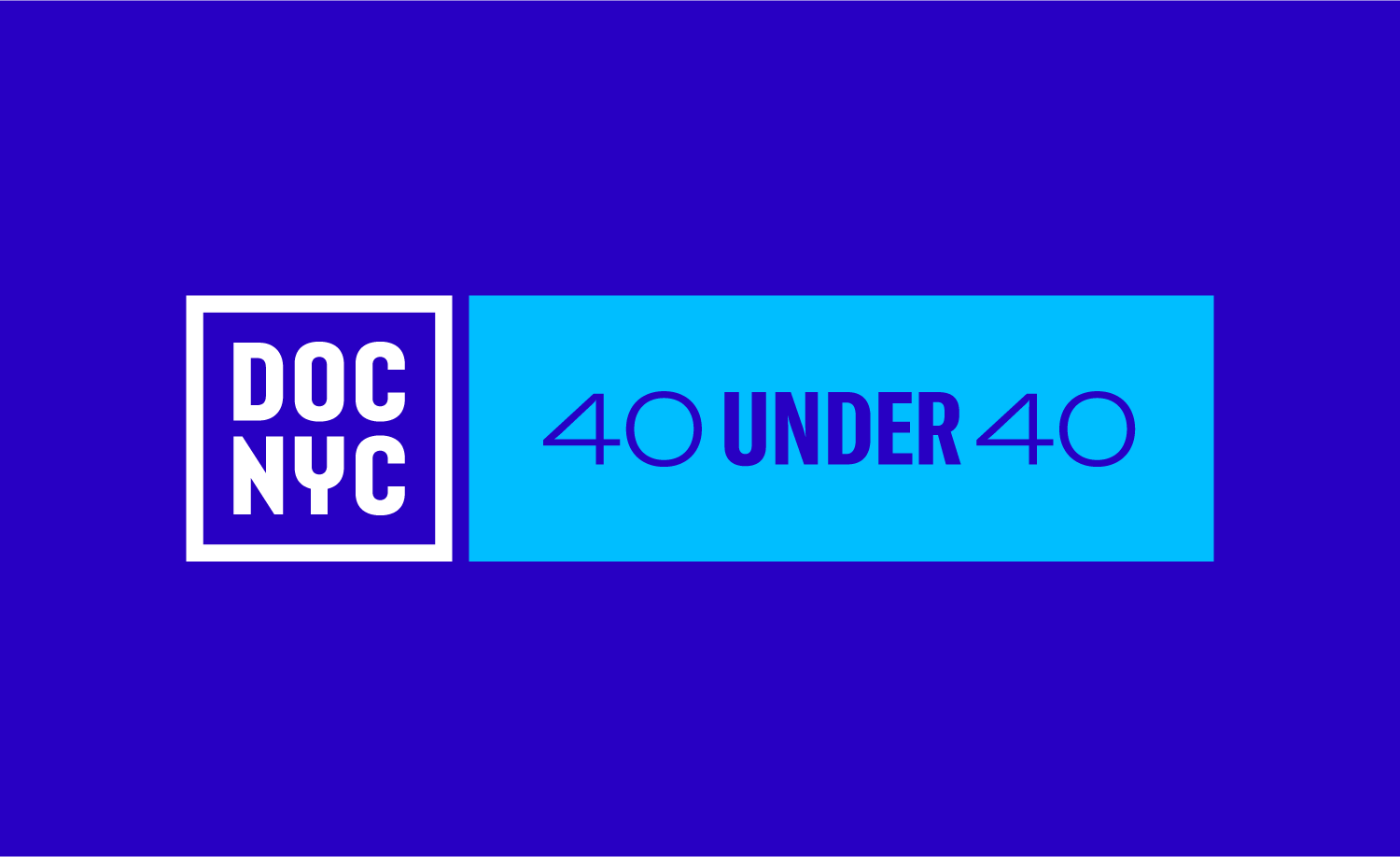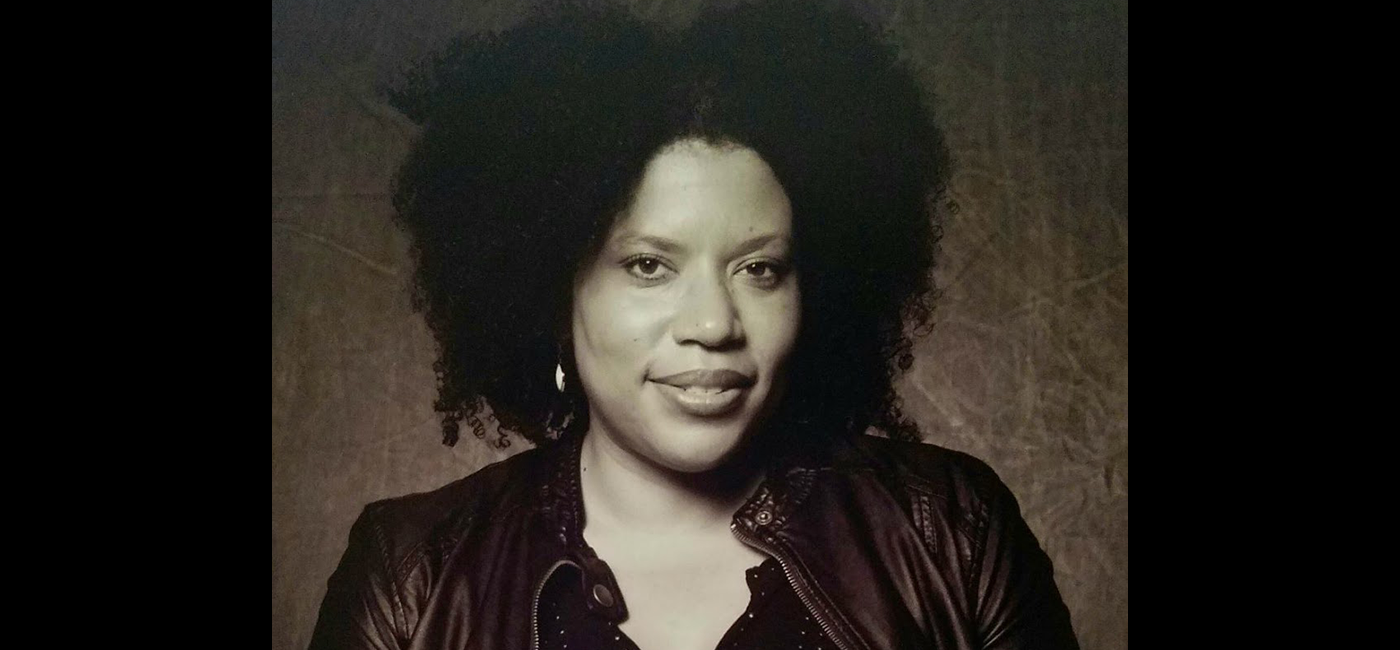DOC NYC 2010: Ride, Rise, Roar with David Byrne

There are times – many times — during the David Byrne concert film Ride, Rise, Roar when you can’t tell who’s the main attraction.
By all appearances, this white-haired, white-suited, largely deadpan guy with a guitar could be simply the accompaniment for the trio of modern dancers exuberantly whirling and flexing all around him and bringing even more layers of life to the music.
Then there’s the way that Byrne and the dancers and the band and the backup singers meld on stage, transforming organically into a single and singular experience during the shows celebrating the 2008-2009 Byrne and Brian Eno collaboration that Ride, Rise, Roar documents.
For Byrne, who answered questions Saturday night after a screening of David Hillman Curtis’s film as part of DOC NYC, pairing the iconic music with the usually obscure modern dance form is just one more way to stretch his art and himself.
“If we put what they already do onto what we do – how would that work?” he said.
The dancers, Byrne said, observed that their part of the art “is exactly the same as we would do at our dance performances, and nobody comes. “We put the same thing in a new context, and the audience was loving it,” he told the DOC NYC crowd. “And all of a sudden it’s completely accessible. Not by compromising what we do in any way, but putting it in a different context.”
The context deepens even further with moments of dancers wielding guitars and dancing with them as if they were another limb, or dancers occasionally becoming backup singers, or singers dancing, and Byrne doing a little of everything.
Curtis intercuts performances with black-and-white footage of rehearsals and interviews, sometimes cutting seamlessly between the live and rehearsal versions of a song with a result that’s nearly intoxicating.
There’s a marvelous scene in Byrne’s chaotically cluttered office in which, with something of an air of perplexity, he tries to show how his long-distance collaboration with Brian Eno works. Then there’s the bicycle-loving Byrne coasting tranquilly through the frantic streets of New York City against the backdrop of “Heaven” (“a place where nothing, nothing ever happens”). And a single dancer, alone in a studio, quietly turning everything upside down with slow and gentle handstands – and no music, no sound at all.
The themes of collaboration, cross-pollination and blending of roles are everywhere both in Ride, Rise, Roar and in DOC NYC itself, and further evidence came in Saturday’s Q&A.
While the film has the look of many cameras, Curtis said there were at most three, often two, but the performers’ all-white attire made it easy to intercut footage from several shows and give the feel of many more layers. Still, in the editing room there was some verve missing at first in the edits of the live songs. It was Byrne, the musician, who suggested to Curtis, the editor, that an editor named Matt Boyd be called in to help.
One questioner asked Byrne whether he got distracted by all the leaping and bounding surrounding him during the performances. Quite the opposite, he said: “They bring the energy and there’s an osmosis thing that happens.”
Now Byrne is looking for new boundaries to push. He told the crowd he’s been working with a musician who goes by the stage name St. Vincent, exploring material featuring a brass ensemble and sometimes no band at all.
In a hint of why he’s doing this:
“It doesn’t sound like anything either of us has done before.”
–Paula Froke
(Feature photo by Matthew Glasson, video by Cheree Dillon)




